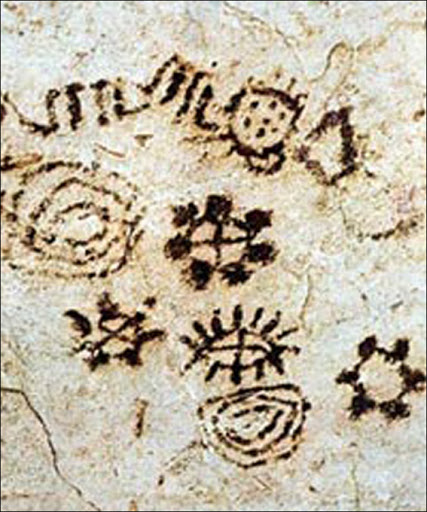KING ARTHUR IN APULIA?
#KingArthur #SaintNicolas #Bari #Otranto #Apulianlegends King Arthur really came in Apulia? Some elements would suggest that the legendary son of King Uther Pendragon, passed through Puglia … In the archivolt, called the Lion’s Gate, of the 12th century Basilica of Saint Nicolas in Bari you can see the sovereign with his knights of the Round […]
Porto Badisco. The cave of deers and extraterrestrials

#grottadeicervi #portobadisco #salento #extraterrestrial #pictograms #cave Porto Badisco, near Otranto, according to the myth, the first shore touched by Aeneas in his escape from Troy. Here is the Grotta dei Cervi, discovered only in 1970. Inside speleologists found rock paintings of the first inhabitants of the area who lived there 6 millennia ago, according to […]